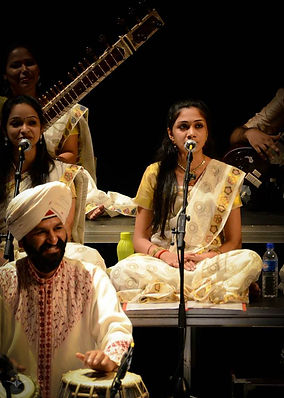
Indian Classical Music 101
Indian Classical music, as the name suggests is a form of Classical music that originates from India. This style of music has its origins in deep history (~ 500 BCE) but is yet surprisingly alive and expanding even today. There are two major schools of Indian Classical music: the Hindustani (that has its origins in the Northern part of India) and the Carnatic (that has its origins in the Southern part of India). Each of these forms of Indian music has its own distinctive style and may utilise a different set of instruments to produce music.
Indian music, on its most fundamental level, has two key components: the Raga (or Ragam) and the Tal (or Talam). Hindustani musicians refer to them as Raga and Tal, whereas Carnatic musicians refer to them as Ragam and Talam. The difference is in the language! So what are these mysterious entities, that is so often associated with Indian Classical music? Raga represents the melody and the Tal represents the rhythm. It is a popular saying that good Indian music is created only with a combination of good melody as well as good rhythm. Rhythm without melody will not emote, and melody without rhythm will be too flowy, without any firm foundation.
(However, Indian musicians do have improvisations during concerts where melodies are played without a background rhythm, as well as rhythm played disjoint from a melodic canvas, but these interesting quirks will be for another post).



